Where can I fly my drone in Milwaukee? A guide to drone laws and restrictions.
Over the past few years, millions of recreational drones have taken to the skies, giving their users a new perspective from which to photograph, film and explore their surroundings.
However, increased drone use has also led to concerns about how drones can affect our safety and privacy, leading to the passage of laws and restrictions on where drones can be flown.
It is important for drone pilots to keep these laws and restrictions in mind when flying. Here's what you need to know about operating a drone in Milwaukee.
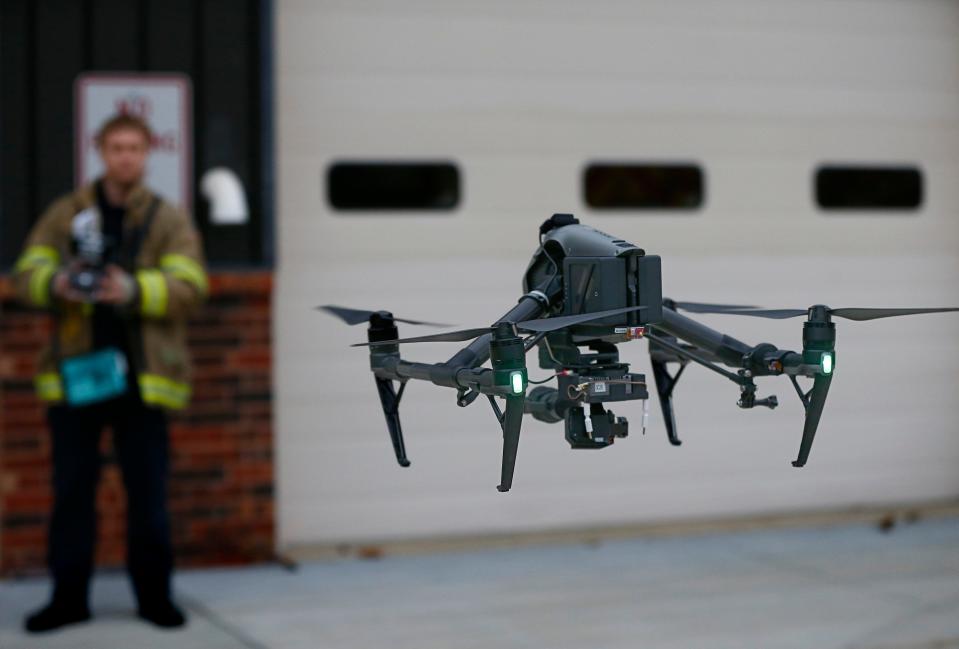
Where am I not allowed to fly a drone?
The Federal Aviation Administration has a list of the many airspace restrictions affecting all drone pilots in the United States, including in Milwaukee and Wisconsin.
Stadiums and sporting events
The flying of unapproved drones is prohibited by law in and around stadiums that seat 30,000 people or more, beginning one hour before and ending one hour after the scheduled time of any of the following events: a Major League Baseball game, National Football League game, NCAA Division One Football game, or NASCAR Sprint Cup, Indy Car or Champ Series Race. You cannot fly a drone within a radius of three nautical miles of a stadium or venue when during one of these events.
Milwaukee's American Family Field prohibits guests from using or possessing drones in the stadium or anywhere on or within the airspace of the property.

Flying near airports
According to the FAA, drone operators should avoid flying near airports because it is difficult for planes to see and avoid a drone while flying. Drone operators are responsible for any safety hazard their drone creates in an airport environment, the FAA states.
UAV Coach, a drone training resource, states that in order to fly within five miles of an airport, both recreational and commercial drone pilots must use the Low Altitude Authorization and Notification Capability (LAANC) system to request airspace authorization to fly in the controlled airspace near and above many airports. You can request airspace authorization through FAADroneZone in areas where LAANC is not available.
The areas around Milwaukee's General Mitchell International and Lawrence J. Timmerman airports are considered controlled airspace, and LAANC authorization is required to fly there. To see if where you plan to fly is within controlled airspace, use the FAA's B4UFLY app or desktop site.
Security sensitive locations and National Parks
The FAA prohibits drones from flying over designated national security sensitive facilities. Examples of these include military bases, national landmarks like the Statue of Liberty, Mount Rushmore and Washington, D.C.'s National Mall, and "critical infrastructure" like nuclear power plants. Drones are also not allowed in National Parks without special approval.
What are temporary flight restrictions?
In the same way that city or state officials may block access to certain streets during emergencies, the FAA may issue temporary flight restrictions, or TFRs, to temporarily restrict access to certain areas of the airspace during emergencies or other events.
The FAA prohibits drones from flying in temporarily restricted areas without permission. TFRs are typically issued during many major sporting events, natural disasters like wildfires and hurricanes, and during emergencies or national security situations.
The FAA prohibits drones from flying over any emergency or rescue situation, including wildfires and hurricanes. Flying near a wildfire is dangerous because doing so often causes fire response agencies to ground their firefighting aircrafts in order to avoid a potential collision with a drone, the FAA states. This can delay airborne fire response times, allowing wildfires to grow larger.
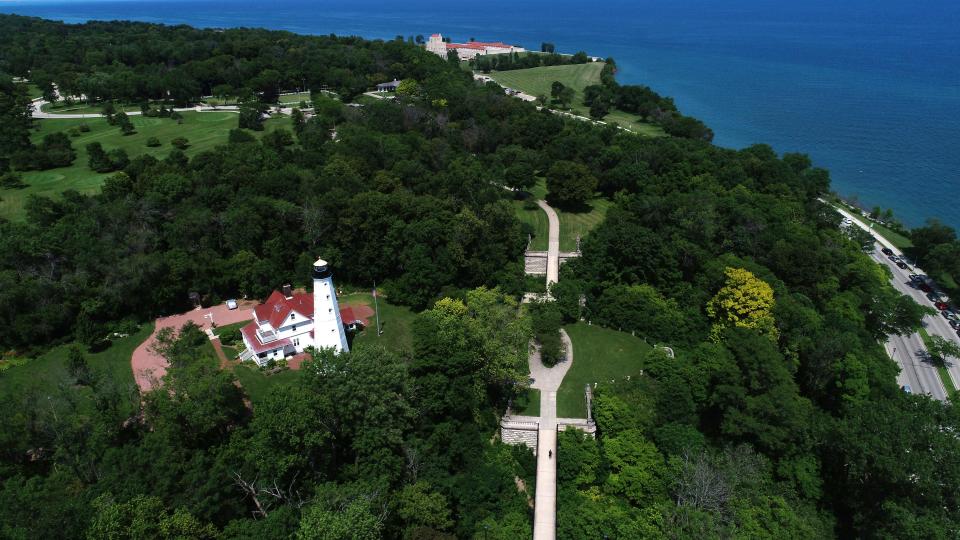
Can I fly a drone in a state park in Wisconsin?
No. Wisconsin state law prohibits the use of drones in state parks, state recreation areas, state natural areas, state forests and the Lower Wisconsin State Riverway, except in areas posted for drone use.
Unauthorized drone use is prohibited on Milwaukee Public Schools property
Milwaukee Public Schools prohibit drone use on district property ― including all school buildings, field houses, playfields, stadiums, playgrounds, parking lots and district facilities ― unless prior authorization has been obtained.
Members of the public must obtain a permit granting permission from the Department of Recreation before using a drone on district property.
Drones are subject to increased restrictions in Greenfield
The Milwaukee suburb of Greenfield has an extensive list of drone-related ordinances that drone operators must follow. The City of Greenfield doesn't have jurisdiction over airspace, but it can regulate what happens on the ground.
The Greenfield Code of Ordinances prohibits drone operators from launching or landing a drone outside of their visual line of sight, defined as "the operator's own natural vision or natural vision with correction of glasses or contact lenses and does not include the use of vision enhancement devices such as binoculars, telescopes or cameras."
In Greenfield, drone operators also may not land or operate a drone within 100 feet of any individual other than themselves and an assistant operator. You also may not launch or land a drone on private property without the property owner's consent, and you may not launch, land or operate a drone within 500 feet of a festival, event, picnic, protest or public assembly of more than 100 persons, the Code of Ordinances states.
Greenfield also prohibits the launching, landing or operation of drones within 500 feet of the following:
Any emergency vehicle which is operating its emergency light or sirens.
Any active law enforcement, firefighting or emergency response incident.
A school while school is in session or during school-sponsored events without prior authorization from the school's principal or district administration.
Any law enforcement, jail or municipal lockup facility.
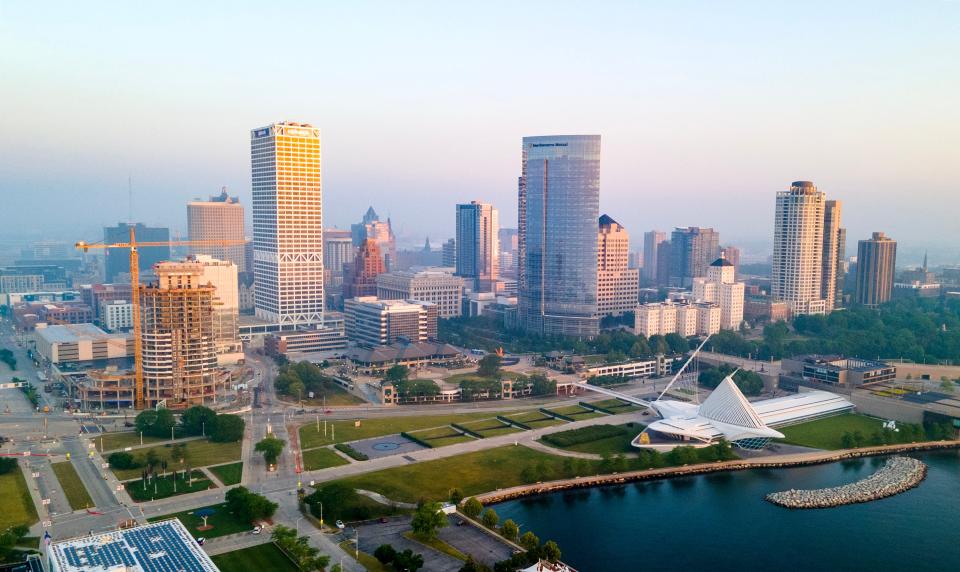
Where can I fly my drone in Milwaukee?
Drones are allowed in Milwaukee County Parks
Recreational drone use is permitted in Milwaukee County Parks without a permit, so long as the drone and drone pilot comply with all federal, state and local guidelines and provide documentation upon request.
Commerical drone use is also allowed in Milwaukee County Parks, but a filming permit, which can be obtained online, is required.
The Parks website states that drone pilots must fly with public safety as their "highest priority" and must following these guidelines while flying in the parks:
Drone operators must comply with regulations issued by the FAA.
Drones may not be flown within 50 feet of park buildings, pavilions, shelters or statues.
Drones may not be flown within 25 feet of other people.
Drones are prohibited from flying inside of park buildings, pavilions or shelters.
Drones may only fly during park hours: 6 a.m. to 10 p.m.
Drones may not fly over an outdoor ceremony or group of people without their consent.
Drones are allowed at UW-Milwaukee so long as university guidelines are followed
The University of Wisconsin-Milwaukee permits drones for recreational, research and educational use so long as drone pilots comply with FAA regulations, state and federal laws and university policies.
UWM's complete drone policy can be found here, but these are some of the important, additional university guidelines to take note of:
Any drone use by a university employee or student who wishes to operate a drone as part of their employment or studies must receive approval through the institution's risk management department and provide proof of a Part 107 license as Remote Pilot Certificate or other proof of FAA approval. A list of approved registrations will be maintained by the campus Risk Management Office.
If any third party or hobbyist wishes to use a drone over university property, they must receive approval through the risk management department and provide proof of required certifications, registrations or other documents issued by the FAA. They also must provide the Risk Management Department with proper proof of insurance.
Drones may not be used to monitor or record restrooms, locker rooms, individual residential rooms, changing or dressing rooms, campus daycare facilities and health treatment rooms.
Drones must be within the operator's line of sight during operation over university lands.
Always avoid flying over crowds.
What is the difference between commercial and recreational droning?
Operators use drones for a variety of purposes ― from work for an employer to a side hustle to pure enjoyment or personal exploration. The FAA has different regulations for commercial, or business-related, drone flights and recreational, or hobby, flights.
Recreational drone flights can only be for personal enjoyment, never for business purposes or compensation. Examples of recreational drone use include private photography and drone racing.
If you need help determining whether you must fly under Part 107 rules, use the FAA's online user identification tool.
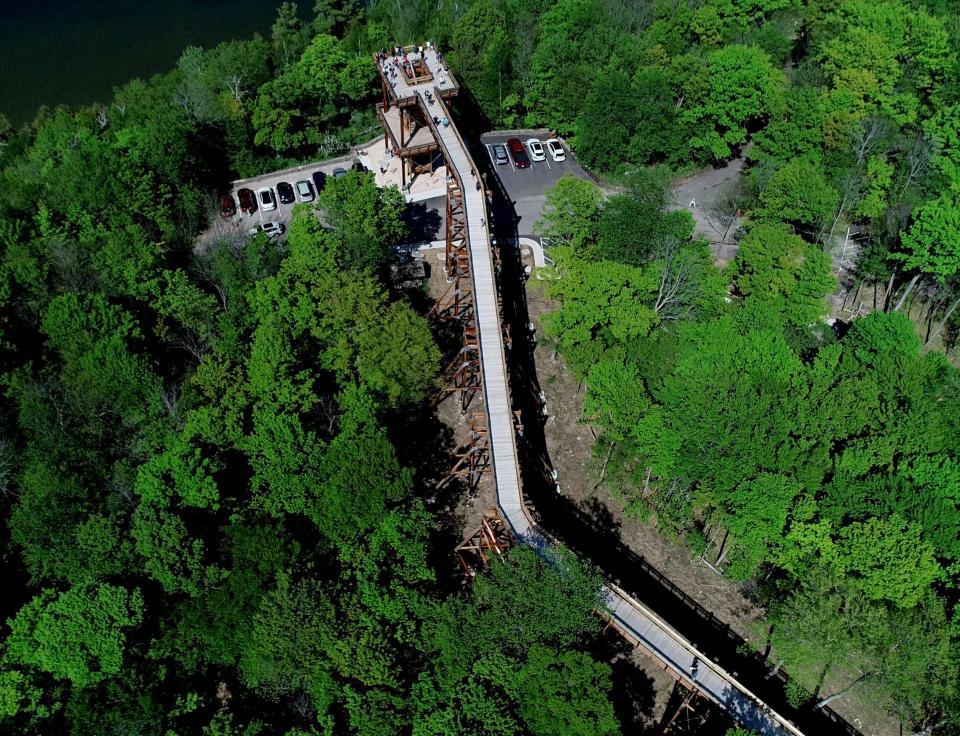
What is Remote ID for drones, and how do I set it up?
Beginning Sept. 16, 2023, all drone pilots who are required to register their drones (operators of most drones 0.55 lbs. and larger) are required to comply with the Remote ID rule, meaning they must broadcast the locations of their drone and the person controlling it from takeoff to landing. The FAA describes Remote ID as a "digital license plate" for drones.
According to the FAA, Remote ID will allow authorized individuals ― such as law enforcement, aviation safety inspectors and air traffic security specialists ― to see location, identification and other information about drones in the skies to ensure safety.
Most drones mass-produced in 2022 or later will have built-in Remote ID capabilities. The Pilot Institute maintains a list of Remote ID-compliant drones.
If your drone does not have built-in Remote ID capabilities, you can attach a Remote ID module, such as the Dronetag Mini or BlueMark db100.
Can I fly my drone at night?
A recent change in FAA regulations means that both Part 107-licensed commercial drone pilots and recreational pilots may fly at night without having to apply for a waiver. However, all drone pilots who want to fly at night must equip their drone with anti-collision lighting visible for at least three statute miles and flashing at a "sufficient rate" to avoid a collision.
Current Part 107-certified drone pilot also must complete a free, online recurrent FAA training course, which includes training on nighttime operations, in order to fly after dark
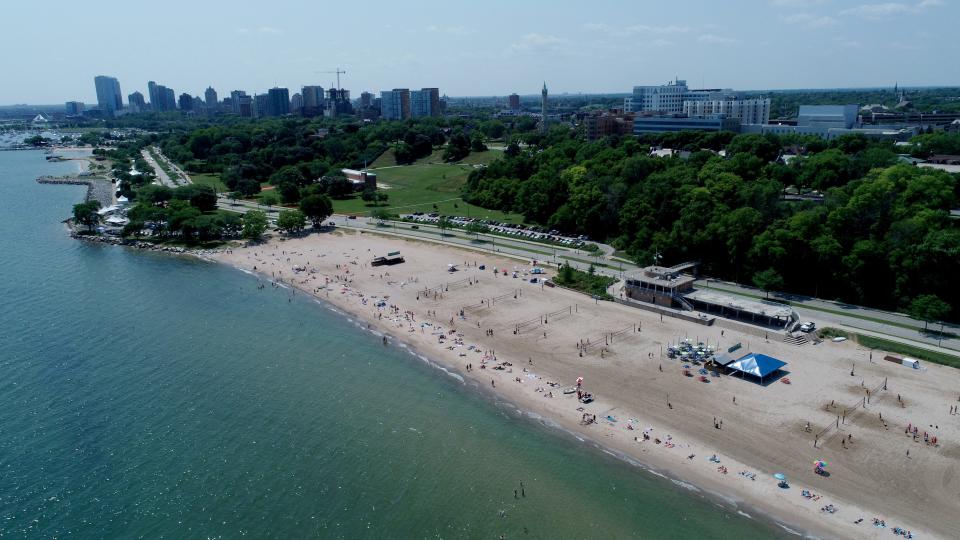
Can I fly my drone over people?
The FAA states that the ability to fly over people with a drone depends on the level of risk the drone presents to people on the ground. The drone pilot must take into account the drone's course, speed and trajectory, as well as whether the drone will pose an undue hazard to other aircraft, people or property in the event of a loss of control of the drone for any reason.
When it comes to flying over people, there are also different regulations for different categories, or types, of drones. These regulations are extensive, so it's important that drone operators review them before flying in an area where lots of people are gathered. The full list of regulations can be found here on the FAA website.
Can I fly my drone around my house in Milwaukee?
The best resource to use when determining where you can fly a drone in Milwaukee is the FAA's B4UFLY mobile app or desktop site. B4UFLY provides an up-to-date map showing controlled airspace, restricted areas and temporary flight restrictions.
More information on B4UFLY can be found here.
This article originally appeared on Milwaukee Journal Sentinel: Where can I fly my drone in Milwaukee?

